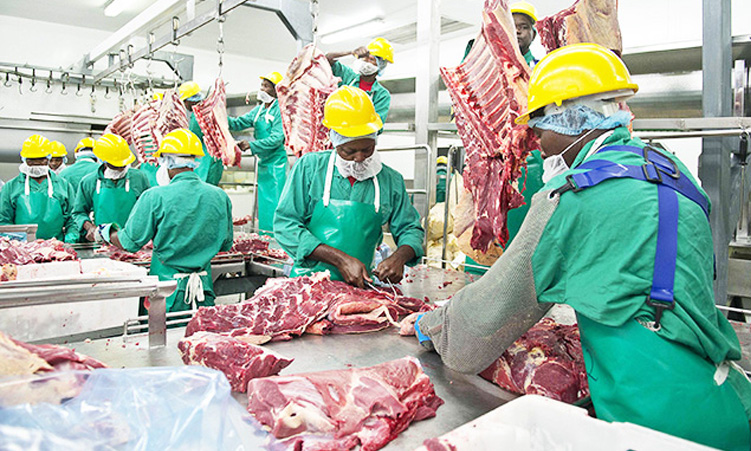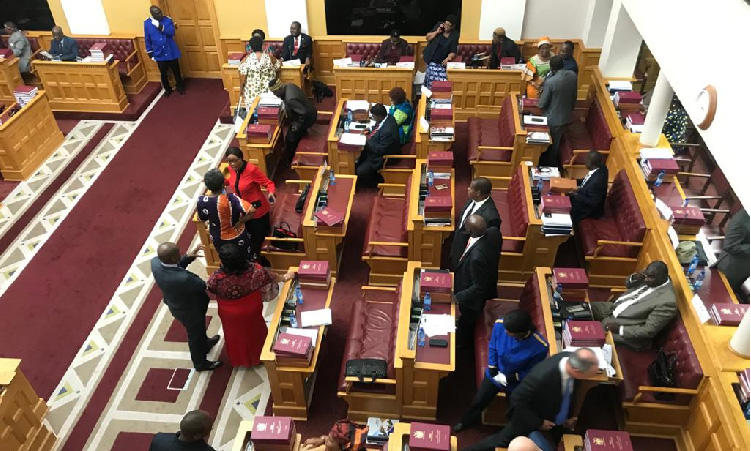THE largest wetland in the world – the Ngiri-Tumba-Maindombe wetland area in the Democratic Republic of the Congo (DRC) – is under threat from a number of human activities, says a global conservation organisation.
Officially announced by the DRC government as that country’s wetland of international importance in July last year, threats to the Ngiri-Tumba-Maindombe wetland are illegal logging, fishing and poaching while a decline in the water levels in Lake Tumba itself is most likely linked to climate change, says the World Wildlife Fund (WWF).
Wetlands have to be preserved as they are very special sites, providing water for drinking and sanitation as well as fish, fuel and many raw materials and their total economic value is conservatively estimated to be in excess of US$70 billion per year.
DRC is party to the Convention on Wetlands of International Importance, also known as the Ramsar Convention. Countries that are party to the convention are obliged by this global environmental body to identify their wetlands of global importance and to conserve them so that their resources are used in a sustainable manner.
The WWF said the Ngiri-Tumba-Maindombe area also contributes to the regulation of flooding and regional climate and ensures that the quality of water remains good enough for the millions of people who depend on it.
Cassava, sweet potatoes, sugar cane and bananas are all grown in the Ngiri-Tumba-Maindombe wetland site while palm oil plantations, groundnuts and rice are the principal commercial products.
Recognition of the site by the Ramsar Convention and the resultant proper management will bring much-needed protection from unsustainable activities in the future and should ensure the longevity of the water supply.
Covering an area of 6,5 million hectares – more than twice the size of Belgium – the Ngiri-Tumba Maindombe wetland is the biggest Ramsar site in the world.
The site is located around the Lake Tumba region in the Central Western Basin of the DRC.
According to WWF, its rivers and lakes constitute a major sink of carbon dioxide, meaning that it will help in world efforts in addressing climate change, as carbon dioxide is one of the gases blamed for changing the world’s climate.
Until recently, the world’s biggest Ramsar site was the Queen Maud Gulf in Canada at 6,2 million hectares.
Lake Tumba, covering an area of approximately 80 000 square kilometres, has one of the highest biodiversity concentrations anywhere in the world and contains species of conservation concern such as forest elephants, forest buffalo and leopards, an estimated 150 fish species, a wide variety of birds, three types of crocodile as well as hippopotamus.
Initiatives that led to the DRC government designating Ngiri-Tumba-Maindombe as wetland of global significance started in 2004 and were supported by the WWF and the Central African Regional Programme for the Environment – a USAID project.
Namibia is also an active member of the Ramsar Convention. So far, Namibia has designated the Walvis Bay Lagoon, Sandwich Harbour, the Orange River Mouth and Etosha Pan as its wetlands of international importance.
Signed in 1971, in the Iranian city of Ramsar, the Ramsar Convention is an intergovernmental treaty that provides the framework for national action and international co-operation for the conservation and wise use of wetlands and their resources.
There are presently 158 Contracting Parties to the Convention with 1 757 wetland sites, totalling 161 million hectares, designated for inclusion in the Ramsar List of Wetlands of International Importance.
Stay informed with The Namibian – your source for credible journalism. Get in-depth reporting and opinions for
only N$85 a month. Invest in journalism, invest in democracy –
Subscribe Now!









